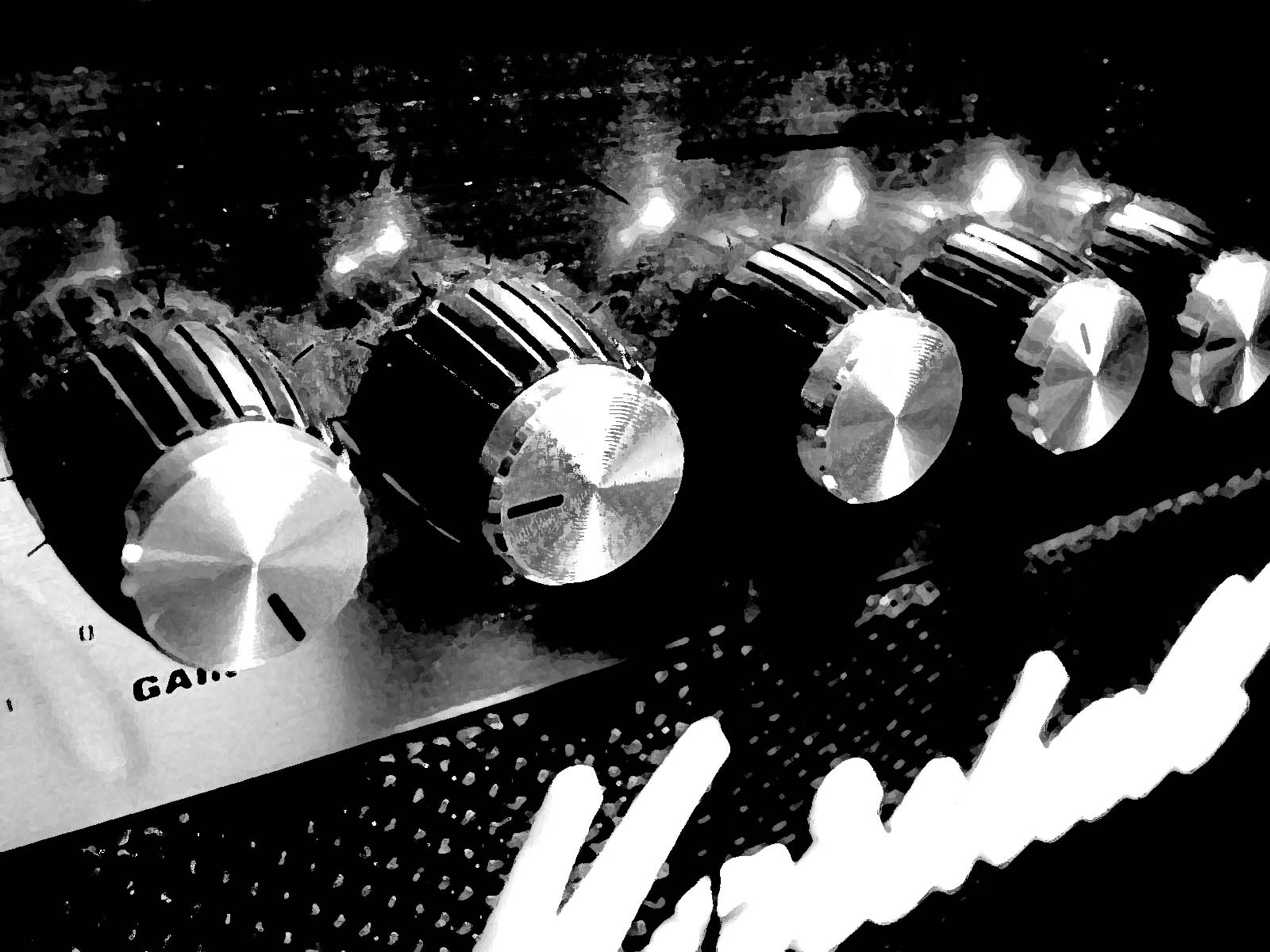Jim Marshall, the founder of Marshall Amplification, died on April 5, 2012. Born in London in 1923, Marshall began his musical career as a singer and drummer, performing during WWII. Marshall also worked as an electrical engineer during this period. In the 1940s, Marshall built a PA system to amplify his voice over the sound of his drums.
In the 1950s, Marshall began to teach other musicians how to play the drums. His students included Mitch Mitchell (The Jimi Hendrix Experience) and Micky Waller (Little Richard). Marshall eventually saved up enough money from teaching to open up his own music store. It began primarily as a drum store but Marshall soon expanded into the guitar market.
Customers spoke to Marshall about the need for a larger and louder guitar amplifier. After six attempts, Marshall created an amp that sounded exactly the way he wanted and founded Marshall Amplification in 1962. As opposed to Fender amps that had the electronics and the speakers within the same unit, Marshall split the amplifier into two parts. The head of the amp altered the sound and a speaker cabinet produced the actual sound heard by the player. This design created the unforgettable look of Marshall cabinets. Artists like Jimi Hendrix popularized the look of the Marshall “stack,” a head with two cabinets stacked underneath, when he used three full-sized Marshall stacks on stage.
Marshall amplifiers became an essential part of bands’ live performances. In fact, many groups had Marshall make them empty amp cabinets to adorn the stage. Thus, Marshall amps defined the look, feel and sound of rock and roll.
The sheer power of Jimi Hendrix’s guitar came from the signature sound of a Marshall amp. Hendrix turned every dial on the amplifier up to ten in order to produce his unique sound. The hard-rocking riffs of Jimmy Page (Led Zeppelin) would have sounded hollow and empty without the grit of a Marshall amp powering his phenomenal playing. Pete Townshend (The Who) relied just as much on his Marshall to produce his definitive power chords as he did on his guitar.
The iconic rock mockumentary, This is Spinal Tap, uses a Marshall amplifier in its most notable scene. Nigel, the lead guitarist of Spinal Tap, demonstrates that his Marshall, instead of reaching merely ten on its dials, can go one arbitrary unit of measurement more to eleven. The saying “turn it up to eleven” refers to the dials on a Marshall amplifier. Marshall amps truly represent the essence of rock.
After his death, many musicians, such as Slash, graced Twitter with R.I.P messages that praised Marshall as the “Father of Loud.” Jim Marshall managed to create a look and sound that few companies can compete with. Even though Marshall is gone, his amps will provide rock musicians with a loud and gritty sound for generations to come.









